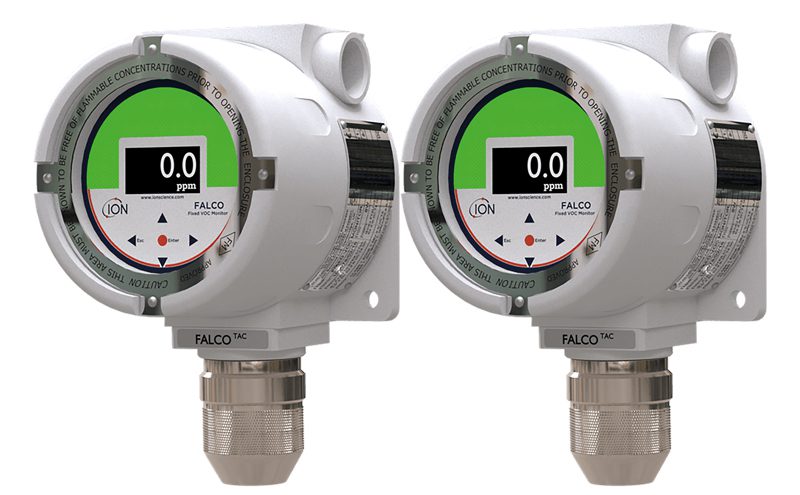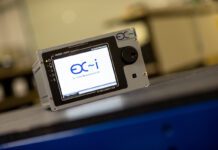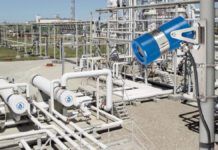
Gas sensors manufacturer Ion Science has launched a fixed photoionisation detector (PID) with 10.0eV lamp for fast and reliable detection of highly toxic total aromatic compounds (TACs), including benzene, in high humidity environments. Designed for plant-wide safety and the on-going protection of workers in global petrochemical and oil & gas applications, the new FalcoTAC instrument also employs a proprietary technology – “typhoon” – to provide what the firm calls “unrivalled accuracy in condensing atmospheres and extreme weather conditions.”
Aromatic chemical compounds produced by oil refineries and petrochemical plants form the building blocks for numerous important materials including dyes, detergents, solvents, adhesives, plastics, synthetic rubbers and pharmaceuticals. However the TACs produced in these environments such as benzene, toluene and xylene isomers, are also highly toxic.
Utilising a proprietary high output 10.0 electron volt (eV) detection system, the new FalcoTAC volatile organic compound (VOC) monitor is said to offer fast response times and the best possible protection for plant personnel, giving early warning of any harmful levels of exposure to hazardous TACs, including benzene.
Simple to install and operate, the FalcoTAC features an external intrinsically safe sensor for quick and easy servicing without the need for a hot work permit, and can be serviced and calibrated in a hazardous environment without having to remove the power.
The firm’s typhoon technology prevents condensation forming on the sensor which helps to stop the FalcoTAC short circuiting and make it ideal for harsh conditions and wet outdoor environments, without the need for weather enclosures.
Use of the firm’s proprietary PID sensor and patented fence electrode technology means the FalcoTAC does not experience quenching of response due to humidity in the ambient air, according to Ion Science.
This resistance to humidity and contamination makes for improved reliability in the field, as well as considerably reduced drift issues and extended run time.






